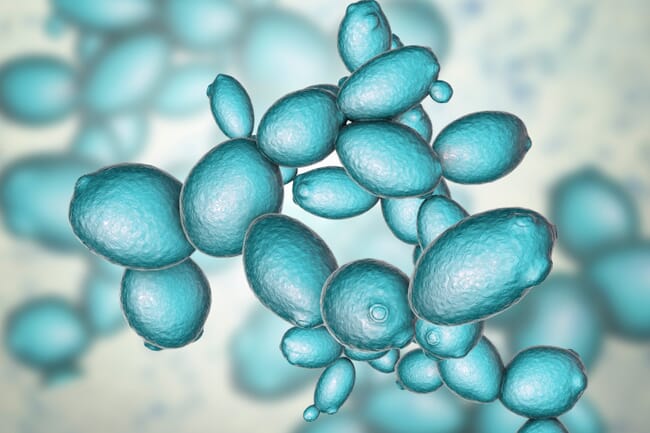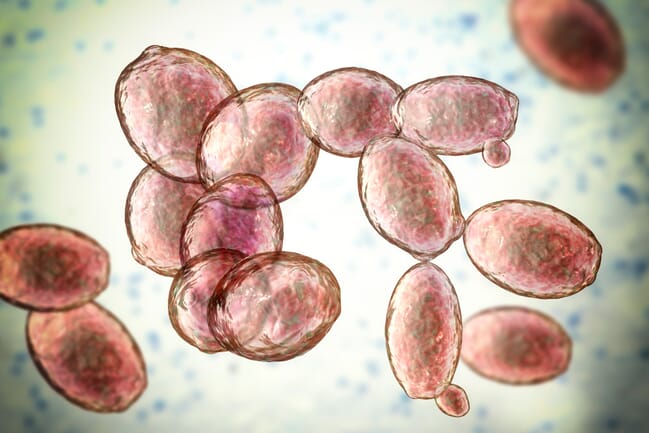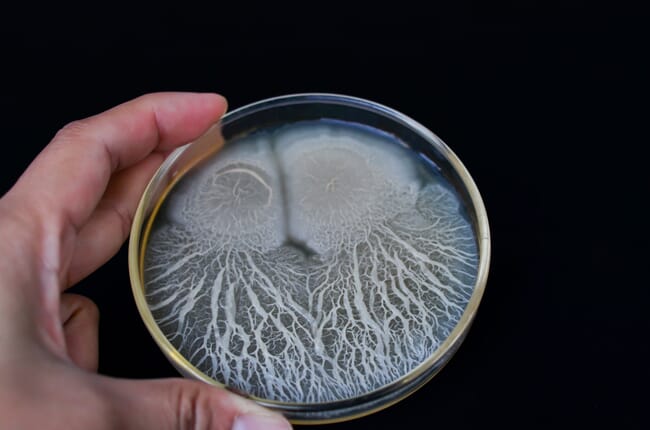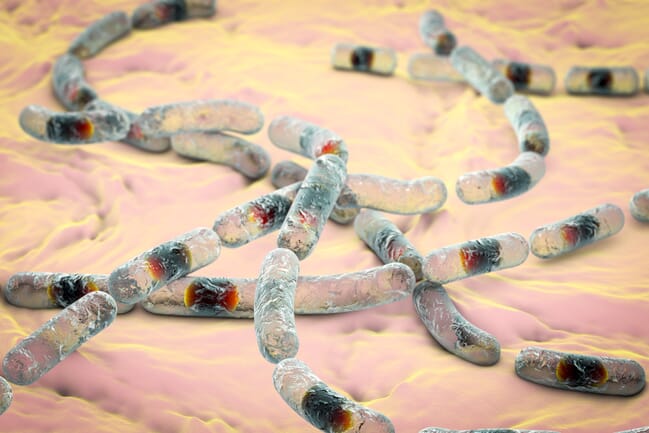
Yeast has become a new ingredient in aquaculture diets thanks to its strong performance as an immunostimulant and key nutrition enhancer
Recently, yeast has become a new ingredient in aquaculture diets thanks to its strong performance as an immunostimulant and key nutrition enhancer for many farmed fish species. Researchers from King Abdulaziz University and the University of Rajshah (Indonesia), published a scientific review where they discuss the different aspects of the use of yeasts in nutrition and immunostimulation in aquaculture.
Yeast-based formulations and nutritional properties
Yeast is defined as a unicellular eukaryote containing membrane-bound organelles such as the mitochondria, nucleus, and endomembrane system. Different species of yeasts such as Saccharomyces cerevisiae, Kluyveromyces, Torulaspora, Saccharomyce and Torulopsis are used as protein sources in aquafeeds for the culture of shrimp and marine fish larvae.
The chemical composition of the entire yeast cell depends on the strain, culture medium and growth conditions, and subsequent post-fermentation processing and cellular biomass development.

Yeast can act as a protein source in aquafeeds for shrimp and marine fish larvae
Various studies have reported that S. cerevisiae contains around 32 to 62 percent protein.
Use of yeast in fish feed
The use of yeasts as food in fish farming is not a new idea, since the 1980s, a series of experiments have been conducted to verify their efficacy. Yeasts are an protein-rich, single-celled organism that display low toxicity potential, and can be grown on a wide variety of substrates.
In addition to vital amino acids such as lysine and sulfur-containing amino acids, yeast provides several important vitamins such as vitamin B and folic acid.
Furthermore, researchers report that S. cerevisiae is an effective natural source of protein when supplemented with fishmeal in tilapia feed. Some yeast species are used as supplementary feed in aquaculture because they improve growth efficiency, disease resistance in fish, water quality and the diversity of microbial communities.
Studies are ongoing on the effects of partial and complete replacement of fishmeal with brewers' yeast on growth, body composition, feed intake and digestibility of juvenile tilapia.
Yeasts as the main protein component in aquafeeds
Single-celled organism ingredients are a comparatively large class of materials that in certain cases contain products extracted from bacteria, fungi (yeasts), microalgae or a combination thereof.
According to the researchers, the yeast of the Candida species can effectively replace almost 40 percent of fishmeal, without affecting production or efficiency. Likewise, research also shows that using 100 percent yeast protein in rainbow trout diets leads to dangerous amounts of uric acid in the kidneys and anaemia.
On the other hand, the yeast S. cerevisiae contains several immunostimulatory compounds indicating the potential use of all yeast as natural immunostimulants in diets of fish such as sea bream (Sparus aurata).

Yeasts as probiotics
The most widely used probiotics in aquaculture include the use of yeasts with bacteria of the Bacillus genus. Studies have shown that fungal polysaccharides are components of prebiotics that are recognised as a nutritional ingredient for the control of health and growth conditions in aquaculture.
Other studies have reported that the Indian shrimp Fenneropenaeus indicus shows a substantial improvement in immune response and growth when fed beta-glucans from marine yeasts.
Some yeast species such as Debaryomyces hansenii, Rhodotorula sp, Metschnikowia zobelii, and Trichosporon cutaneum, which are commonly found in the intestines of fish, are known to accelerate the development of the digestive system in fish.
Likewise, bioactive substances with potential application in mariculture can be produced by marine yeasts combined with dietary supplements such as probiotics.

The most widely used probiotics in aquaculture include the use of yeasts with Bacillus bacteria
Use of yeasts in live feed
Yeasts and microalgae are food sources that can be used in live food cultures (Artemia, Rotifera, Copepods). According to the researchers, a significant impact on the production of gnotobiotic Artemia has been reported when brewer's yeast has been provided as the main feed.
On the other hand, a study of the optimal feeding rate and feeding frequency of Brachionus plicatilis determined that the adequate feeding rate for rotifers is an average of 0.3 grams of baker's yeast for one million rotifers.
Finally, the researchers report studies showing that yeasts increase the density of the copepod Thisbe furcata in culture and may be a potential candidate in the future to supplement the feeding of these organisms.
"As discussed in this review article, yeast applications in aquaculture have become very important and feasible to be incorporated into the fish feed industry as an alternative source of protein," they say.
Likewise, yeasts can be used as a promising food for the culture of live food (Artemia, rotifers, copepods); and as a probiotic to provide better immunity against pathogens, as well as to improve water quality in aquaculture crops. However, the researchers advice against completely substituting yeast for other kinds of protein in aquafeeds, despite the potential benefits. They want that full substitution may negatively impact the kidney function of some fish species.




